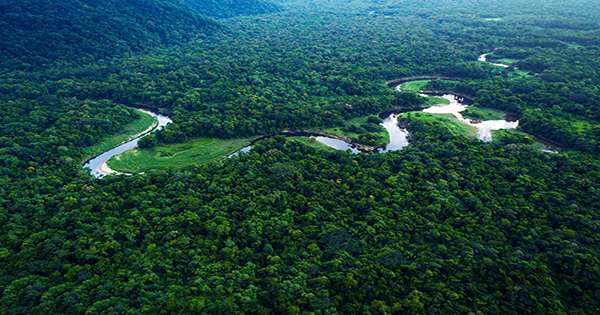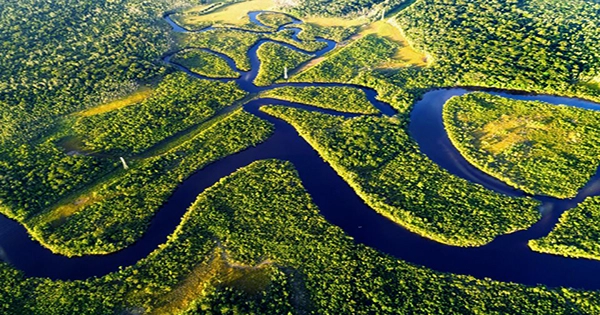According to recent government data, deforestation in the Brazilian Amazon reached its greatest levels for the month of January since satellite tracking began in January 2022. According to the Brazilian Space Agency INPE’s DETER-B deforestation monitoring system, which uses satellites to track deforestation, an estimated 430 square kilometers (166 square miles) of the Amazon rainforest was removed last month, up 418 percent from January 2021.
Since DETER-B was debuted in 2016, the readings have been at their greatest in January. The Amazon’s wet and rainy season runs from December to March, therefore deforestation is normally lower than during the fire-prone dry season, which runs from May to November. As a result, we may expect to witness even more deforestation in the Amazon as the year progresses. This new milestone was set two months after the COP26 climate talks in Paris, where over 100 countries, including Brazil, resolved to cease and reverse deforestation by 2030.

According to environmentalists, this new data demonstrates how, despite their strong public declarations, the Brazilian government is not taking its climate obligations seriously. “Even in January, when deforestation in the Amazon region is generally reduced owing to the rainy season, destruction has radically soared,” Greenpeace Brazil spokesman Cristiane Mazzetti said in a statement.
“Only a few weeks ago, this government withheld the release of annual deforestation figures that revealed a large increase, then announced to the world that deforestation in Glasgow had been resolved.”The new data reveals how the government’s actions contradict its greenwashing initiatives once again,” she added.
Deforestation threatens the Amazon’s tremendous biodiversity, as well as climate change and Indigenous tribes who rely on the forest. Greenpeace Brazil discovered that 22.5 percent of the wooded area removed between January 1 and January 21 occurred on “unearmarked public land,” which was presumably targeted by illegal land-grabbers destroying the forest for agriculture. Between 1991 and 2003, the Brazilian Amazon experienced some of the most dramatic increases in deforestation. While rainforest damage has not yet reached the levels experienced in the early 2000s, land clearing has seen a return in the last few years.
The high worldwide demand for agricultural items like beef and soya beans, as well as Jair Bolsonaro’s government and its ties to agriculture, have all contributed to this recent surge. “In fact, the government has created a golden opportunity for those who want to clear forests illegally or seize public lands; there is a deliberate lack of environmental inspection, and many of those behind this wave of illegal deforestation is also expecting the Brazilian congress to pass legislation that will reward land-grabbing, which is linked to at least one-third of all deforestation in the Amazon,” Mazzetti explained.
















